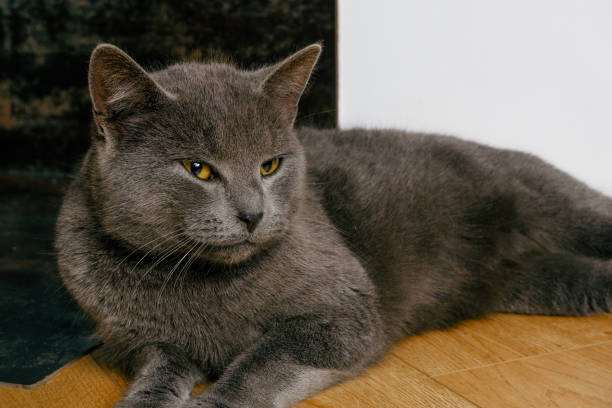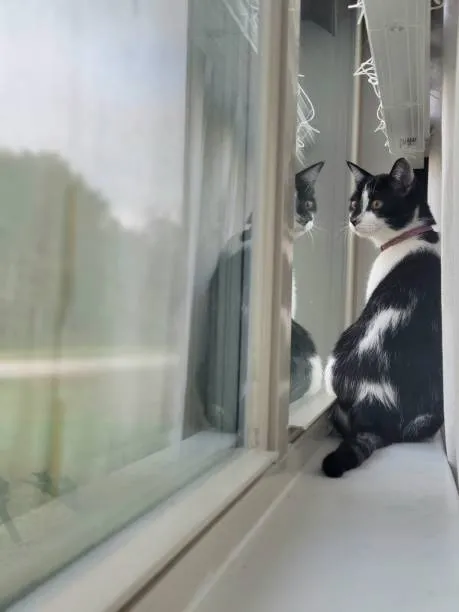Cats are fascinating creatures with unique behaviors that sometimes puzzle their owners.Why Your Cat Bites One common issue that cat owners face is their feline companion biting unexpectedly. Understanding the reasons behind why your cat bites is crucial for fostering a harmonious relationship with your pet. In this article, we will delve into nine possible reasons why your cat exhibits biting behavior, shedding light on feline instincts and emotions.
1. Instinctual Behavior:
Cats are natural hunters, and their predatory instincts can manifest in biting behavior. When your cat pounces and nips at your hand or feet, it may be acting on its innate drive to hunt and play. Providing appropriate outlets for this behavior, such as interactive toys and play sessions, can help redirect your cat’s instincts in a positive way.
2. Fear or Anxiety:
Fear and anxiety can trigger defensive biting in cats. If your cat feels threatened or scared, it may resort to biting as a means of self-protection. Identifying and addressing the source of your cat’s fear, whether it’s loud noises, new environments, or unfamiliar people, can help reduce biting incidents.

3. Overstimulation:
Cats have different threshold levels for stimulation, and they can become overstimulated during play or petting sessions. When your cat reaches its limit, it may resort to biting as a way to communicate discomfort. Learning to recognize your cat’s body language cues, such as tail twitching or dilated pupils, can help prevent overstimulation and subsequent biting.
4. Lack of Socialization:
Proper socialization during kittenhood is essential for shaping a cat’s behavior. Cats that were not adequately socialized may exhibit fearful or aggressive tendencies, including biting. Encouraging positive interactions with other animals and people from a young age can help prevent biting behavior stemming from a lack of socialization.
5. Medical Issues:
Underlying medical problems, such as dental pain or skin conditions, can lead to biting behavior in cats. If your cat suddenly starts biting more frequently or aggressively, it’s essential to rule out any potential health issues by consulting with your veterinarian. Addressing the root cause of your cat’s discomfort can help alleviate biting behavior.
6. Territorial Aggression:
Cats are territorial animals, and conflicts over territory can result in aggressive behaviors, including biting. If you have multiple cats in your household, territorial disputes may arise, leading to biting incidents. Providing separate resources and spaces for each cat can help minimize territorial aggression and reduce the likelihood of biting.
7. Play Aggression:
Play aggression is a common behavior in cats, especially in younger felines. When playing, cats may become overly excited and engage in rough play that includes biting. Encouraging interactive play with appropriate toys and setting boundaries for playtime can help channel your cat’s energy in a positive direction and reduce biting tendencies.
8. Redirected Aggression:
Redirected aggression occurs when a cat redirects its aggression towards a target other than the original source of its arousal. This can happen if your cat sees another animal outside the window and becomes agitated, leading to biting behavior towards you or another pet. Identifying triggers for redirected aggression and removing the stimuli can help prevent biting incidents.
Conclusion:
In conclusion, Why Your Cat Bites there are multiple reasons why your cat may exhibit biting behavior, ranging from instinctual drives to emotional responses. By understanding the underlying causes of your cat’s biting and addressing them appropriately, you can foster a trusting and harmonious relationship with your feline companion. Remember to be patient, observant, and proactive in managing your cat’s behavior to ensure a happy and healthy bond between you and your pet.
Is Witch Hazel Safe For Cats ?
is witch hazel toxic to cats? Exploring Safety and Potential Uses


